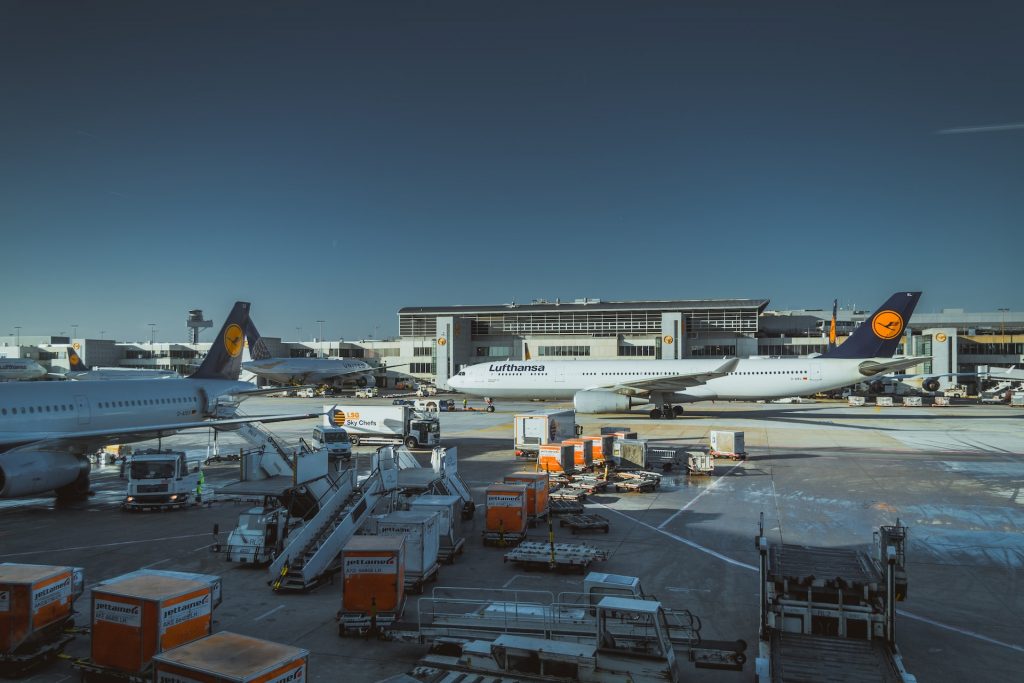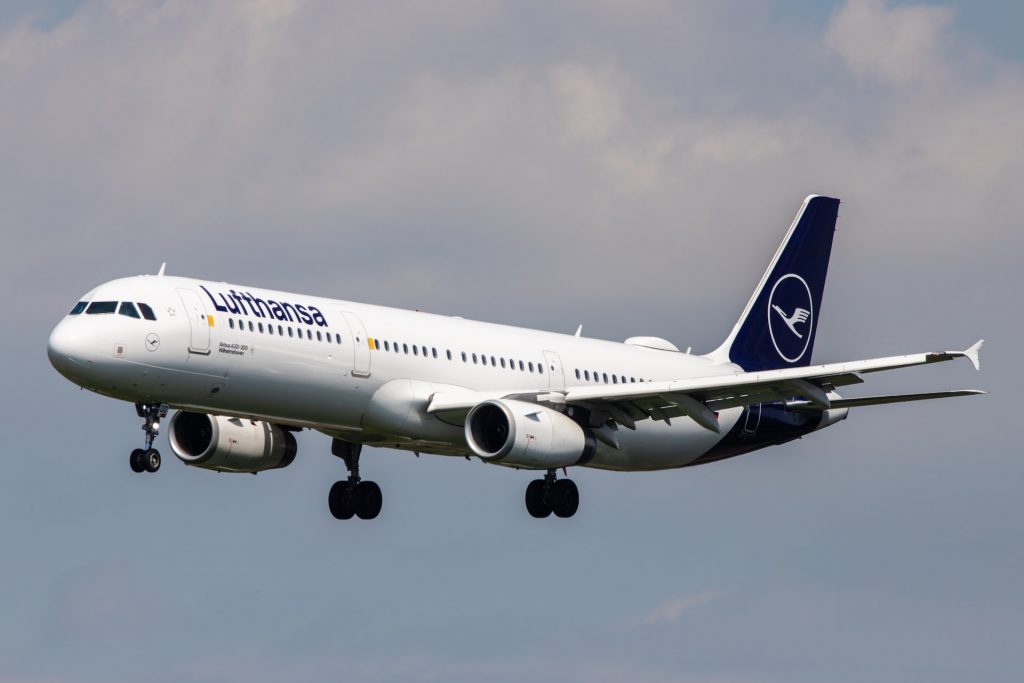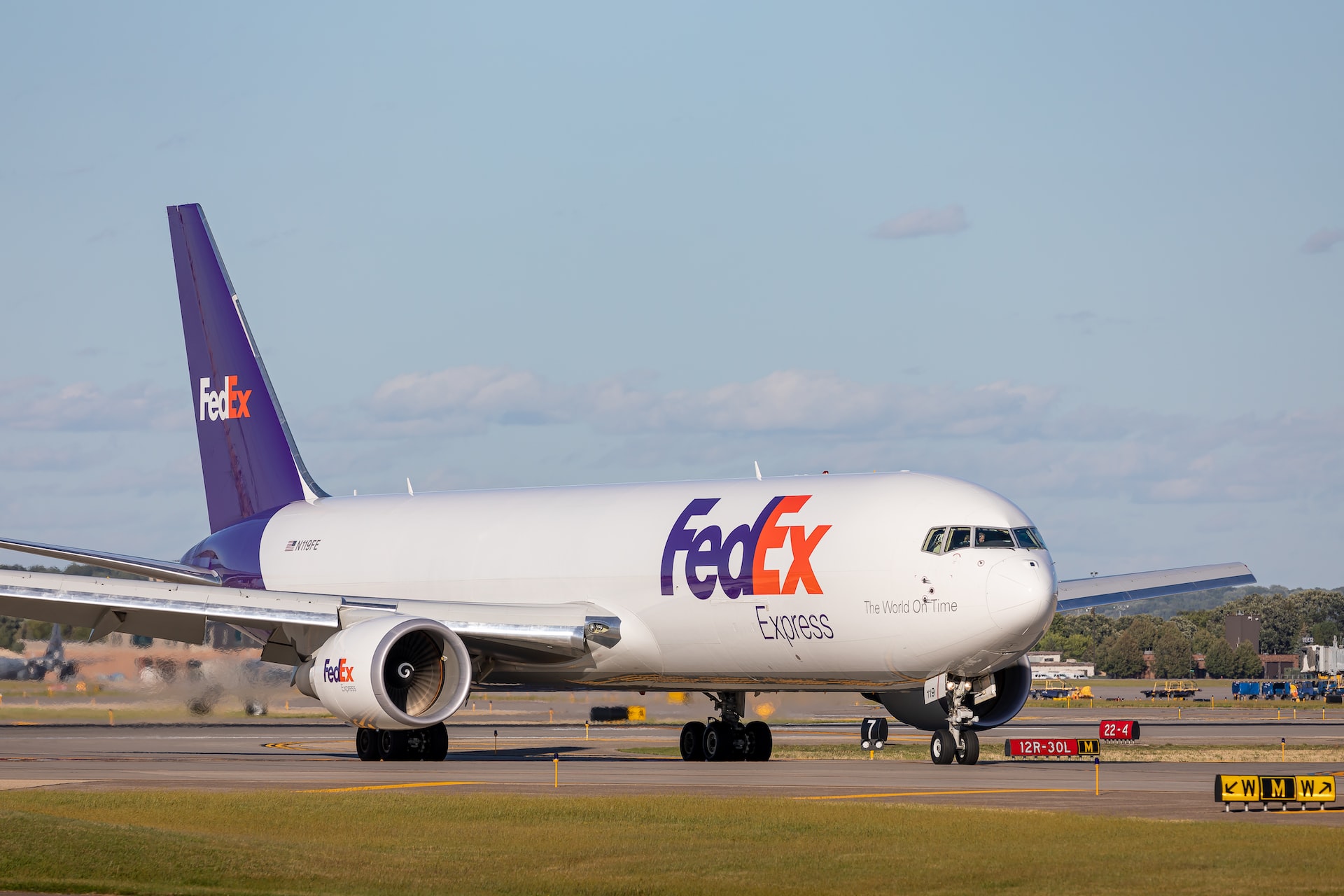The Paramount Importance of Safety Management in Aviation
Other · 3 min read
Whether you are planning a trip or just dreaming of one, check our recommendations for the best airlines to fly to Japan!

The world of eCommerce shipping is transforming. Consumers today are accustomed to quick shopping and swift shipping. Faster delivery options have shifted from a competitive advantage to the bare minimum. No wonder the fastest mode of transport, air freight shipping, is capturing a significant share of burgeoning volumes of eCommerce shipments. In fact, in 2022, cross-border eCommerce is on course to account for 20% of global air cargo shipments, doubling since 2017.
While the air freight industry holds great promise in establishing and maintaining a stable network that supports eCommerce-driven global trade, merchants do need to focus on the peculiar challenges and opportunities this sector brings.
Given the influence of AI seeping into the freight space, eCommerce players are well positioned to demand more from air freight services, especially concerning speed and frequency of deliveries.
AI is touted to play a pivotal role in transforming eCommerce freight forwarding in several different ways.
Quite recently, Etihad Cargo joined forces with Singapore-based SPEEDCARGO, a cutting-edge logistics solution provider, to boost cargo capacity on flights with the help of their AI products. The Time-of-Flight sensing technology will help freighters capture imagery of incoming cargo and calculate accurate dimensions in real-time. The data can also be seamlessly integrated into warehouse management systems.

Maximizing cargo capacity across flights equates to significant cost control, manpower savings, and optimized offload recovery. For merchants, this translates into speed to make dynamic decisions and drive real-time actions that positively impact their shoppers.
Another instance is Lufthansa Cargo. It is modernizing air cargo pricing with an AI-powered PROS platform to replace manual pricing and quoting. The real-time view of bookable offers, capacities and routes will offer customers the agility they need to keep pace with the changing digital business market.
The massive take-off in eCommerce shopping during the COVID-19 outbreak catalyzed the “passenger to freighter conversion (P2F)” of aircraft to meet the additional demands for air cargo.
Many airlines have continued to resort to such conversions for cargo fleet renewal and expansion- Lufthansa Cargo’s A321 launched at the beginning of 2022 for the short-and medium-haul fleets.
Several other airlines are also looking to innovate the conversions with the pax routes, cargo-on-seats, and containerised passenger deck solutions, allowing more cargo at less labor for conversion.
In the eyes of eCommerce, passenger aircraft make it faster to the destination than conventional cargo planes, which often need multiple stops for aircraft refueling. This addresses the consumers’ growing demands for same-day or next-day delivery. Moreover, it is the best alternative for small shipments of time-sensitive cargo such as perishable seafood items, agricultural produce, etc.

The pandemic shed light on the efficiency gaps existing in the movement of air cargo logistics and caused the industry to accelerate its efficiency initiatives.
Collaborative solutions like ACCS are a testament to it. This digital information platform allows all the parties involved in cargo transportation to interface seamlessly.
The interactive dialogues among the forwarders, ground handlers, customs, and airlines boost cargo efficiency, optimize flow, enhance transparency, and reduce overall logistic costs.
A Shopify survey reveals that 44% of consumers are likelier to buy from a purpose-driven and sustainably operated brand. Undoubtedly, transitioning to environmentally and socially sustainable supply chains will soon be imperative for most eCommerce players.
Eco-conscious air freight carriers strive to go green by considering the action plan to reduce CO2 emissions during cargo transportation. Their greener aviation practices revolve around sustainable aviation fuel, carbon offsetting, and optimal aircraft aerodynamics.
Partnering with freight companies with a sound sustainability plan for addressing climate change will help eCommerce businesses earn trust among their stakeholders and attract new investors.

eCommerce players are at the receiving end of lagging digital transformation in air freight. Since the eCommerce markets require visibility and reliability throughout the transport, the air freight sector ought to fast-forward its digitization plans.
But the reality is probably far from it. For instance, most freight bookings are made manually over the phone and through emails. Most often, the process is paper-based and lengthy, with no guarantee of the availability of required space and time. Additionally, the dearth of well-integrated data is another factor that hinders end-to-end visibility of the cargo.
In either case, the following errors and delays can potentially lead to supply chain glitches and poor customer service.
Transporting goods as efficiently as possible is understandably the priority for eCommerce businesses. But it also means paying higher costs for air cargo.
Beyond the weight and volume of the cargo, the air freight rates are also influenced by terminal handling, fuel surcharges, airport transfers, security surcharges, door-to-door delivery charges, cargo insurance, etc. Moreover, fluctuating fuel prices further intensify the price surge and add extra complexities to eCommerce.
A lower-priced option might keep the ballooning budget in check but may inflict reputational damage. Thus, brand leaders have to cut into their profit margins.
Nevertheless, what remains for eCommerce businesses to succeed in the long run is to shift strategies by increasing the average order value and adjusting the minimum basket size for free shipping to reduce air shipping costs.

Cargo capacity refers to the saleable space available to transport goods and is directly linked to efficient cargo handling by air freight providers.
The optimal utilization of cargo capacity is yet another challenge facing air freighters. This is because the accurate prediction of available capacity remains murky for various reasons- volatile demands, variable belly capacity, weather conditions, multiple routing options, and many more.
Faced with the need to keep up with the booming eCommerce, the air cargo sector should be progressive in the adoption of digital opportunities and offer better capacity forecasts. Although the initiative using Big data, advanced analytics, and IoT are rising, their actual deployment remains marginal.
eCommerce demands efficiency, agility, transparency, and sustainability when delivering goods to end customers. With the right regulations, frameworks, and technologies in place, air freighters can be well positioned to offer resilient logistics and supply chain infrastructure that caters to businesses in the digital economy.